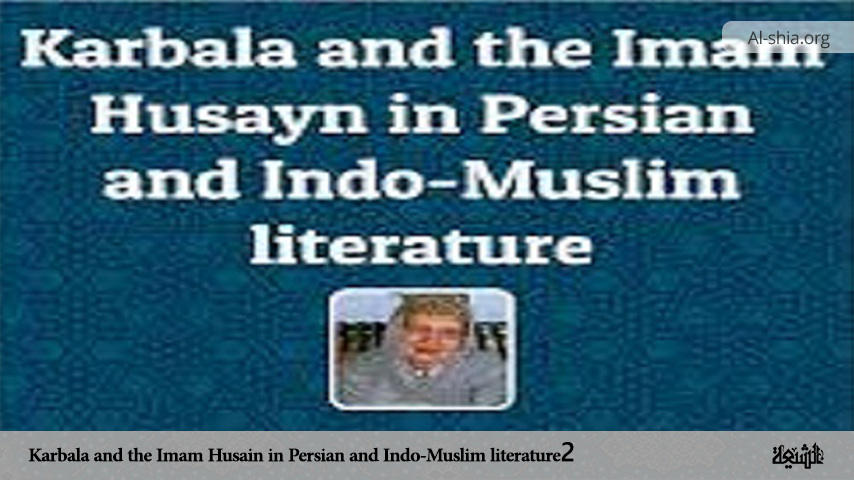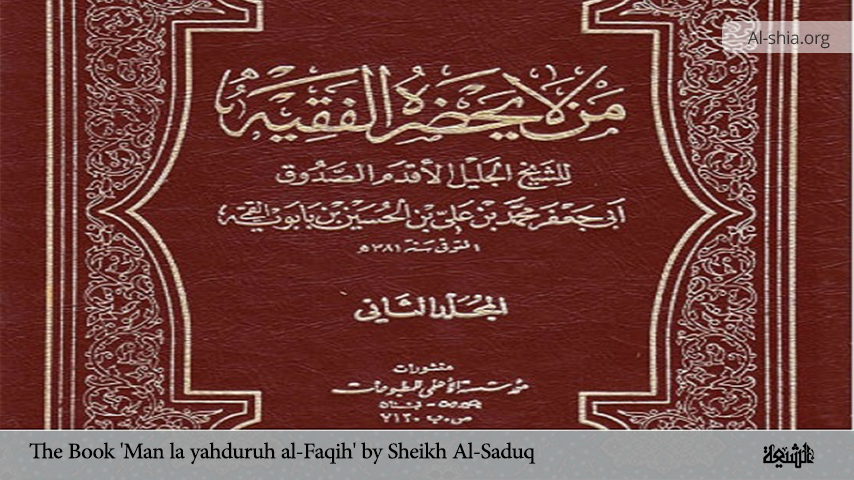In continuation of the article titled “Karbala and the Imam Husain in Persian and Indo-Muslim literature”, we shall highlight other literature on Karbala and Imam Husain (a.s) in this part.
The Turkish tradition and that in the regional languages of the Indian subcontinent are very similar. Let us have a look at the development of the marthiya, not in the major literary languages, but rather in the more remote parts of the subcontinent, for the development of the Urdu marthiya from its beginnings in the late 16th century to its culmination in the works of Sauda and particularly Anis and Dabir is well known. In the province of Sind, which had a considerable percentage of Shi’i inhabitants, Persian marthiyas were composed, as far as we can see, from around 1700 onwards.
A certain ‘Allama (1682-1782), and Muhammad Mu’in Tharo are among the first marthiya-gus mentioned by the historians, but it is particularly Muhammad Muhsin, who lived in the old, glorious capital of lower Sind, Thatta, with whose name the Persian marthiya in Sind is connected. During his short life (1709-1750), he composed a great number of tarji’band and particularly salam, in which beautiful, strong imagery can be perceived:
The boat of Mustafa’s family has been drowned in blood;
The black cloud of infidelity has waylaid the sun;
The candle of the Prophet was extinguished by the breeze of the Kufans.
But much more interesting than the Persian tradition is the development of the marthiya in Sindhi and Siraiki proper. As Christopher Shackle has devoted a long and very informative article on the Multani marthiya, I will speak here only on some aspects of the marthiya in Sindhi. As in many other fields of Sindhi poetry, Shah ‘Abdu’l-Latif of Bhit (1689-1752) is the first to express ideas which were later taken up by other poets. He devoted Sur Kedaro in his Hindi Risalo to the martyrdom of the grandson of the Prophet, and saw the event of Karbala’ as embedded in the whole mystical tradition of Islam. As is his custom, he begins in media res, bringing his listeners to the moment when no news was heard from the heroes: The moon of Muharram was seen, anxiety about the princes occurred.
What has happened?
Muharram has come back, but the Imams have not come.
O princes of Medina, may the Lord bring us together
He meditates about the reason for their silence and senses the tragedy: The Mirs have gone out from Medina, they have not come back. But then he realizes that there is basically no reason for sadness or mourning, for: The hardship of martyrdom, listen, is the day of joy.
Yazid has not got an atom of this love.
Death is rain for the children of ‘Ali.
For rain is seen by the Oriental poets in general, and by Shah ‘Abdul Latif in particular, as the sign of divine mercy, of rahmat, and in a country that is so much dependant on rain, this imagery acquires its full meaning.
The hardship of martyrdom is all joyful rainy season.
Yazid has not got the traces of this love.
The decision to be killed was with the Imams from the very beginning.
This means that, already in pre-eternity, Hasan and Husain had decided to sacrifice their lives for their ideals: when answering the divine address Am I not you Lord?,(1) They answered ‘Bala‘(=Yes)’, and took upon themselves all the affliction (bala) which was to come upon them. Their intention to become a model for those who gain eternal life by suffering and sacrifice was made, as Shah’Abdu’I-Latif reminds his listeners, at the very day of the primordial covenant. Then, in the following chapter, our Sindhi poet goes into more concrete details.
The perfect ones, the lion-like sayyids, have come to Karbala’;
Having cut with Egyptian swords, they made heaps of carcasses;
Heroes became confused, seeing Mir Husain’s attack.
But he soon turns to the eternal meaning of this battle and continues in good Sufi spirit: The hardship of martyrdom is all coquetry (naz). The intoxicated understand the secret of the case of Karbala’. In having his beloved suffer, the divine Beloved seems to show his coquetry, trying and examining their faith and love, and thus even the most cruel manifestations of the battle in which the ‘youthful heroes’, as Shah Latif calls them, are enmeshed, are signs of divine love.
The earth trembles, shakes; the skies are in uproar;
This is not a war, this is the manifestation of Love.
The poet knows that affliction is a special gift for the friends of God, Those who are afflicted most are the prophets, then the saints, then the others in degrees’, and so he continues:
The Friend kills the darlings, the lovers are slain,
For the elect friends He prepares difficulties.
God, the Eternal, without need what He wants, He does.
Shah ‘Abdu’l-Latif devotes two chapters to the actual battle, and to Hurr’s joining the fighters ‘like a moth joins the candle’, e.g., ready to immolate himself in the battle. But towards the end of the poem the mystical aspect becomes once more prominent; those who ‘fight in the way of God’ reach Paradise, and the houris bind rose chains for them, as befits true bridegrooms. But even more: Paradise is their place, overpowering they have gone to Paradise, They have become annihilated in God, with Him they have become He … .
The heroes, who have never thought of themselves, but only of love of God which makes them face all difficulties, have finally reached the goal: the fana fi Allah, annihilation in God and remaining in Him. Shah ‘Abdu’l-Latif has transformed the life of the Imams, and of the Imam Husain in particular, into a model for all those Sufis who strive, either in the jihad-i asghar or in the jihad-i akbar, to reach the final annihilation in God, the union which the Sufis so often express in the imagery of love and loving union. And it is certainly no accident that our Sindhi poet has applied the tune Husaini, which was originally meant for the dirges for Husain, to the story of his favourite heroine, Sassui, who annihilated herself in her constant, brave search for her beloved, and is finally transformed into him.
Shah’Abdu’l-Latif’s interpretation of the fate of the Imam Husain as a model of suffering love, and thus as a model of the mystical path, is a deeply impressive piece of literature. It was never surpassed, although in his succession a number of poets among the Shi’i of Sindh composed elegies on Karbala’ . The most famous of them is Thabit ‘Ali Shah (1740-1810), whose speciality was the genre of suwari, the poem addressed to the rider Husain, who once had ridden on the Prophet’s back, and then was riding bravely into the battlefield. This genre, as well as the more common forms, persists in Sindhi throughout the whole of the 18th and 19th centuries, and even into our own times (2)
To be continued!
NOTES:
___________________________________________
1. Qur’an 7:171.
2. Sachal Sarmast, Bedil Rohriwaro, Mir Hasan, Shah Naser, Mirza Baddhal Beg, Mirza Qalich Beg, to mention only a few, some of whom were Sunni Sufis).

















